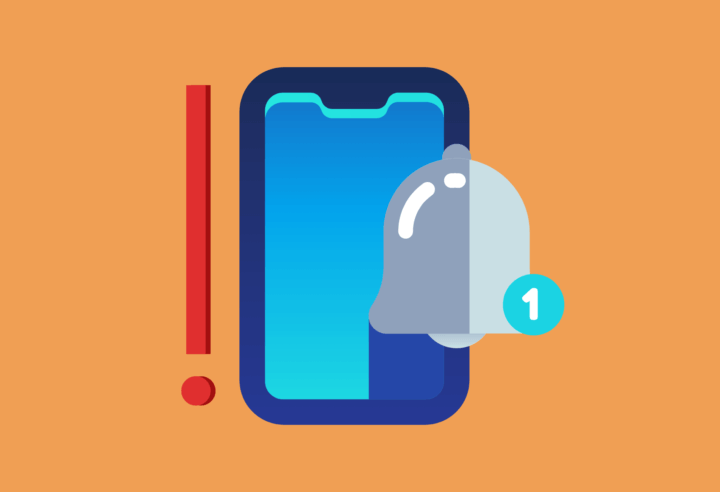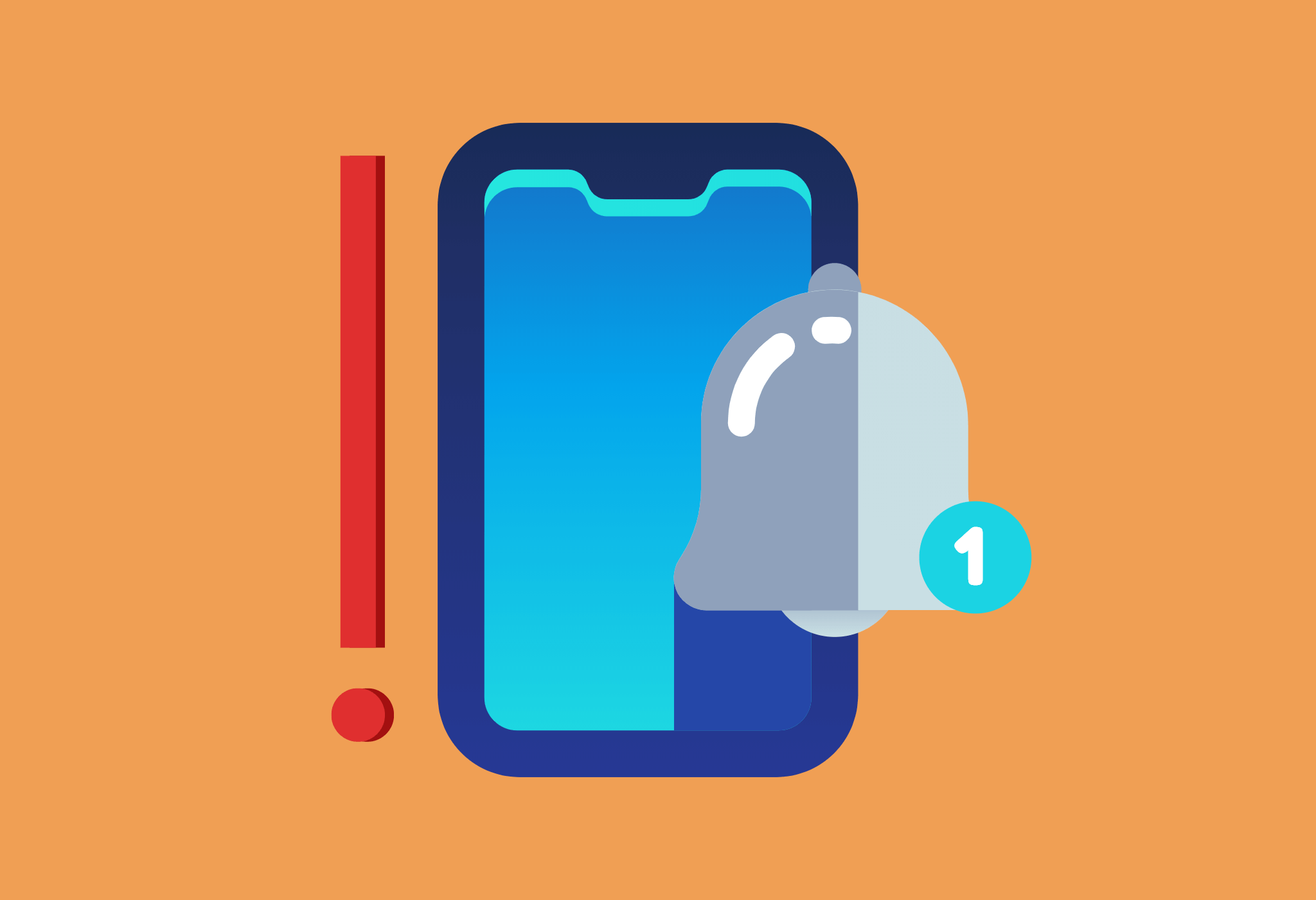Push notifications are a reminder that you have an app installed on your mobile phone. And a desktop push quickly makes you rewind the time when you have visited that website and gave your consent to get notifications. But how do push notifications work in terms of lead generation?
Let’s find out more about them.
How Do Push Notifications Work — In General
These frequent reminders on the web or on mobile are a great way to keep the interaction and engagement going, especially if you can trigger a hype. Although some hypes can cause more harm than profit. BBC News’s recent bizarre push notification is a blazing example of that.
You and I know how badly we’ve been waiting for Game Of Thrones, the popular American Fantasy Drama, to hit the small screens. Not just us, almost half the population is counting days now for the final season to arrive. Amidst all the theories and possible predictions, BBC News dropped a push notification that sent most of the GOT fan in frenzy. While the odd alert was delivered only on iOS devices, it quickly escalated to immense fun on Twitter. Now I am not sure if this was a planned bombing or something that happened accidentally (although I will say it was planned. Like C’mon, how can a notification just create itself and get sent!), the conclusion was “testing failed”.
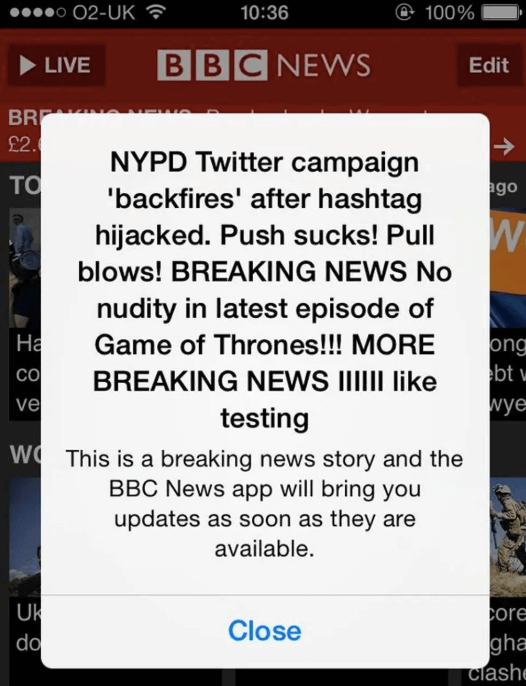
Anything remotely related to GOT will trigger the mass and that’s what has happened. BBC News, however, later clarified that it was a result of some testing of the new functionality of their app and the message was sent in error. (Later Twitter users “humbly” enquired if the person who sent out the notification is doing alright or not!)
Whatever it is, push notifications can generate engagement and trigger lead generation when done right. These are non-interruptive messages that silently appear on the notification bar or slide-in on your desktop screen and go off. Whether a push notification will make a sound or not can be determined by the marketer working on creating these as well as receivers who can turn off sounds right within their app settings.
Experts believe the key to doing push notifications right is to:
- Make it extremely personalized
- Keep a sleek interface
- Not over-do it
Bestselling Author of Socialnomics, Erik Qualman says you must first ask if you were one of your prospects or fans, what would you like to receive. He talks about the three-second rule where you must ask “Is what we are about to send them valuable?”. Erik says if it takes you more than three seconds to answer this question then you must not send it.
All of these may make you wonder – why push notifications?
The simplest answer is: Push notifications help you generate leads; quality leads that you can nurture and convert into happy customers. A recent survey revealed that 63% of marketers find lead generation as one of the biggest challenges. While marketing automation campaigns is a concept-based answer, what really drives lead generation is drip push notifications along with other marketing campaigns.
63% of marketers find lead generation as one of the biggest challenges. Share on XI’d never say drip push notifications alone can drive leads to your website or mobile app, but clubbing this with your other marketing campaigns like SMS marketing, mobile emails, and landing pages may trigger a spike in your lead generation.
So, what are push notifications, anyway?
Push notifications are micro-messages that keep the communication intact even after your users have left your webpage or mobile application. Push notifications on mobiles are more popular because the engagement rates on mobile apps are more. A recent survey by Statista showed that mobile apps are predicted to hit $188.9 billion in revenue by 2020, thanks to the high usage.
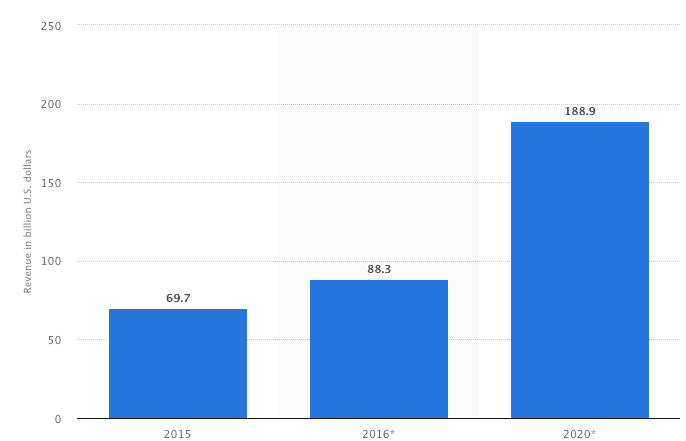
ComScore reported recently that 87% of the time is spent on mobile apps as compared to 13% of time on the web. Although mobile websites get higher traffic than apps, it is apps where visitors prefer to spend maximum time.
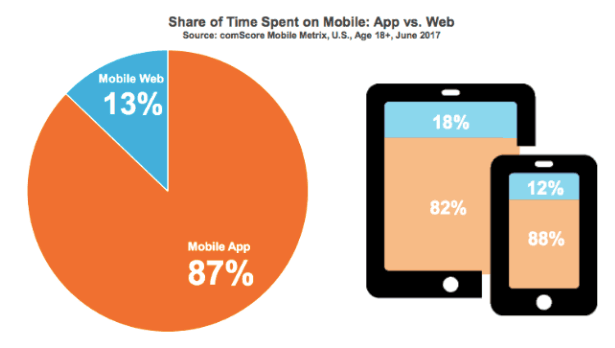
Despite the number dropping for users who often allow push notifications in 2016 (27%), it rebounded in 2017 to 43%, a 16% spike. Hence, it is not surprising to see push notifications every now and then on your mobile notification bar from all the apps that you have downloaded and frequently use (or not use).
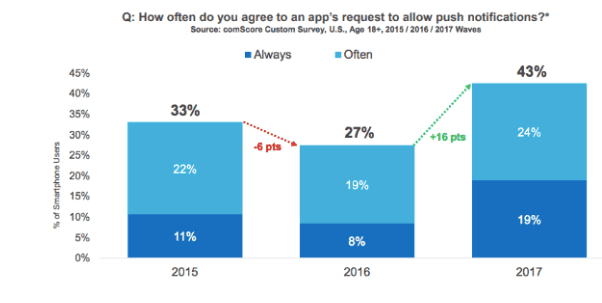
Many marketers and “experts” often confuse push notifications with pop-up messages. However, there is nothing to confuse because these two are poles apart. Pop-ups are not sent as alerts. True to its name, it “pops up” only when a user is on a designated webpage or mobile webpage for a certain amount of time. The purpose of pop-ups is solely to capture lead information. It has zero contribution to accelerating a buyer’s journey, which, by the way, is what a push notification does.
A push campaign is placed strategically within an inbound marketing strategy to trigger lead generation and lead nurturing through personalized and optimized messages. They are based on behavioral data and lead source details.
Despite the proven benefits of push notifications, marketers and designers step back two feet when it comes to implementing push notifications. Most of them are victim to the common belief that users hate push notifications.
NO. Your leads do not HATE push notifications. What they hate are bizarre notifications and messages that are not remotely related to their interest, behavior, and needs. Here’s what they hate:
- Sending out push alerts every day to all random people you know.
- Sending out unsolicited notifications
The bottom line is, you can generate leads only when you do push notifications right. Most push notifications are targeted once a visitor has converted into a lead. But that’s not mandatory. You can, infact, kick start lead generation with a well-timed and targeted drip push campaign.
Is Drip Push Notification Campaign different from Push Notification Campaign?
No. It is not exactly different. Drip push notification indicates a series of push messages, properly scheduled and timed based on various factors like behavior, lead source, time spent, and more. By using an advanced marketing automation tool that allows drip automation campaigns, you can pre-build a drip sequence that is triggered automatically once the set conditions are met.
Using Drip Push Notifications to Generate Leads
Getting traffic to your website or getting your target users to download your mobile app is just half the battle. The real struggle begins when you want to convert these visitors into leads. Drip push notifications can be of great help at this juncture (and later).
Depending on what you are selling, it may take more than one visit for someone to enter into your lead pipeline on their own. Thus, when a visitor leaves your website or does not register on your mobile app, it may hurt for a while but you still have options to get things going from where they left.
At Aritic PinPoint, we use drip push notifications to trigger new leads. We have combined our push campaigns with our email campaigns and lead generation ads. Here’s how we are using mobile-based push notification drip campaigns for lead generation.
Part 1: Taking permission to show notifications
When a new visitor visits our website or any related webpage (blogs, landing pages, feature pages, solutions, pricing pages), a permission bar slides down. We have “auto-close” turned off so that our visitors continue to see the notification until they are browsing. It goes away only when they click on “allow” or “block”. We seek permission for mobile-based notifications as well. So, when a visitor clicks on “Allow”, it redirects to a relevant landing page to opt-in for on-the-go alerts.
Part 2: Tracking and Segmentation
For those visitors who agree to receive our notifications are automatically added to our segment. Based on visitor source, time spent, and browsing patterns, they are automatically segmented. As and when a behavioral change takes place, the segments are dynamically sorted within Aritic PinPoint. This means, we always have our segments updated.
Those visitors who block us do not see our notifications. However, with browser fingerprint technology, we are able to track their browsing pattern. Of course, we do not send any notifications but these visitors are also a part of our segment – a separate segment. For this segment, in particular, we design retargeted ads to drive conversion into leads. Our anonymous lead nurturing feature pays off at this instance. Through our retargeting ads, we trigger conversions into leads.
Part 3: Push Drip notifications
Those visitors that agreed to receive our notifications start getting push alerts based on their browsing activities, demographics, and other factors. We continuously track these leads and make sure they find us through various sources. We built multiple drip sequences for each of our segments. For instance, if a visitor joined our push segment while visiting a blog on lead generation, we will make sure alerts on new blogs are sent to them on time. Those who opted in from our pricing page, we initiate drip sequence based on product reviews, case studies, and use cases mostly. We also redirect promotional or offer-based drip sequences.
Don't overdo push notifications as that may lead to lesser engagements. Share on XOur drip push campaigns never exceed 4-5 messages in a week. Research also shows that overdoing push notifications can lead to lesser engagements. For instance, Localytics revealed that lesser the number of push messages, higher is the engagement. For us, 4-5 messages in a week give us a good open rate.
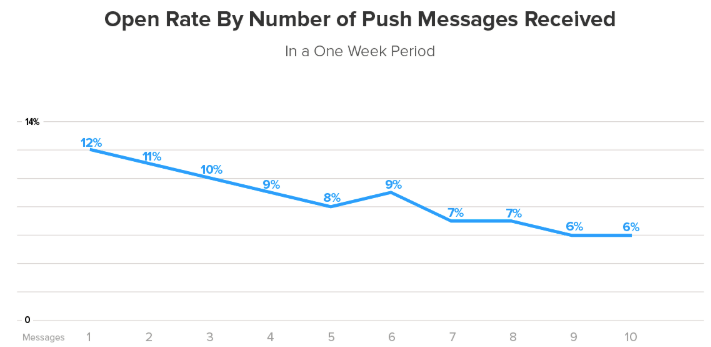
We expect a drip sequence of 4-5 messages will trigger engagement and dynamically change the segment of a visitor. Once a segment is changed, the new drip sequence kick-starts. This helps us in keeping the momentum on and initiate higher lead conversions – not just conversions but quality lead conversions.
Like I said earlier, we like to club our drip push sequences with other marketing activities. Below a multichannel drip sequence that moves from push notification to email based on certain lead behavioral criteria.
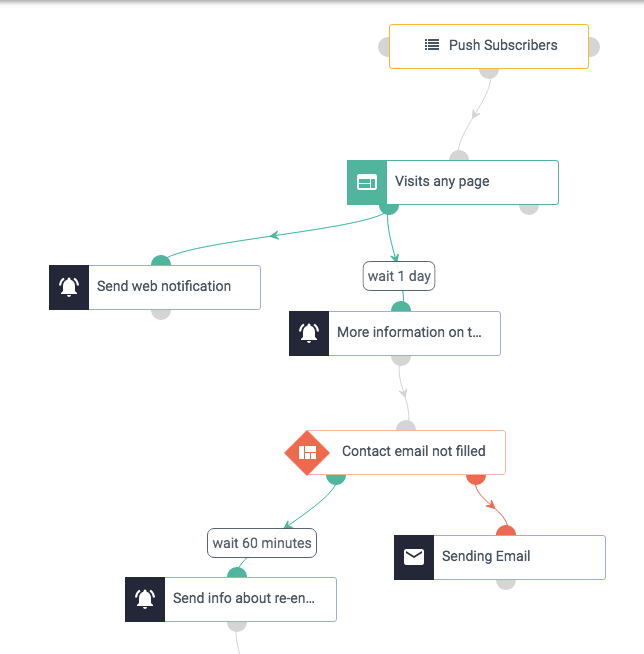
Wrapping up
Drip push notifications do give results but like I mentioned a few times above – the trick is to do it right. Here is a checklist that you should follow before starting with a drip push sequence.
- What do you want your visitors to do?
- Is your message timely and relevant?
- Would including images or videos or rich media enhance your push notifications and drive engagement?
Answer these questions as aptly as possible. Your goal should be clear – what you want to achieve with drip push notifications and what kind of leads you want to attract. Ensure your message is relevant and your visitors relate to it. And yes, rich media can enhance your push notifications but only if it is necessary. Stuffing images and videos for no reason at all may look bizarre.
As a conclusion, I will say your drip push notification campaign stands tall on four main pillars:
- When – The time of your message will determine the fate of your message throughout the sequence.
- Who: Your messages have to be relevant else you will only scare away your visitors.
- What: Keep your message precise and to-the-point. The core message should be at the forefront.
- How: Correct implementation is the ultimate key to success.
These are some of the crucial ways in which a drip push notification campaign can help you drive quality leads to your website. If you’ve also tried drip push campaigns, share how they worked for you or if you’ve faced any challenge. Till then, keep engaging your visitors.
Want to help contribute to future articles? Have data-backed and tactical advice to share? I’d love to hear from you!
We have over 60,000 monthly readers that would love to see it! Contact us and let's discuss your ideas!
